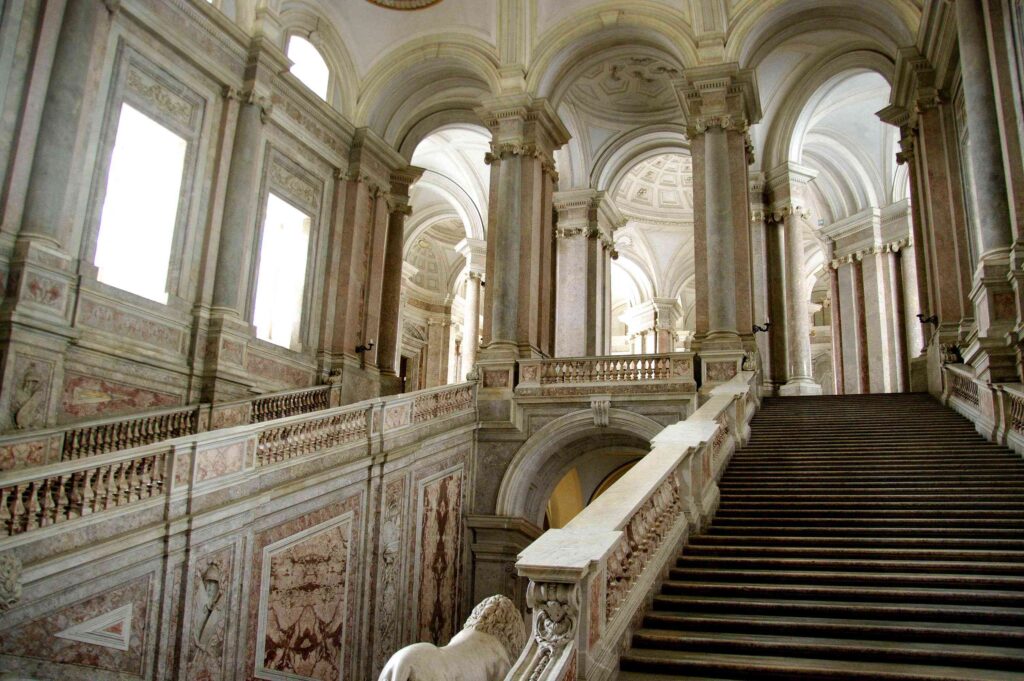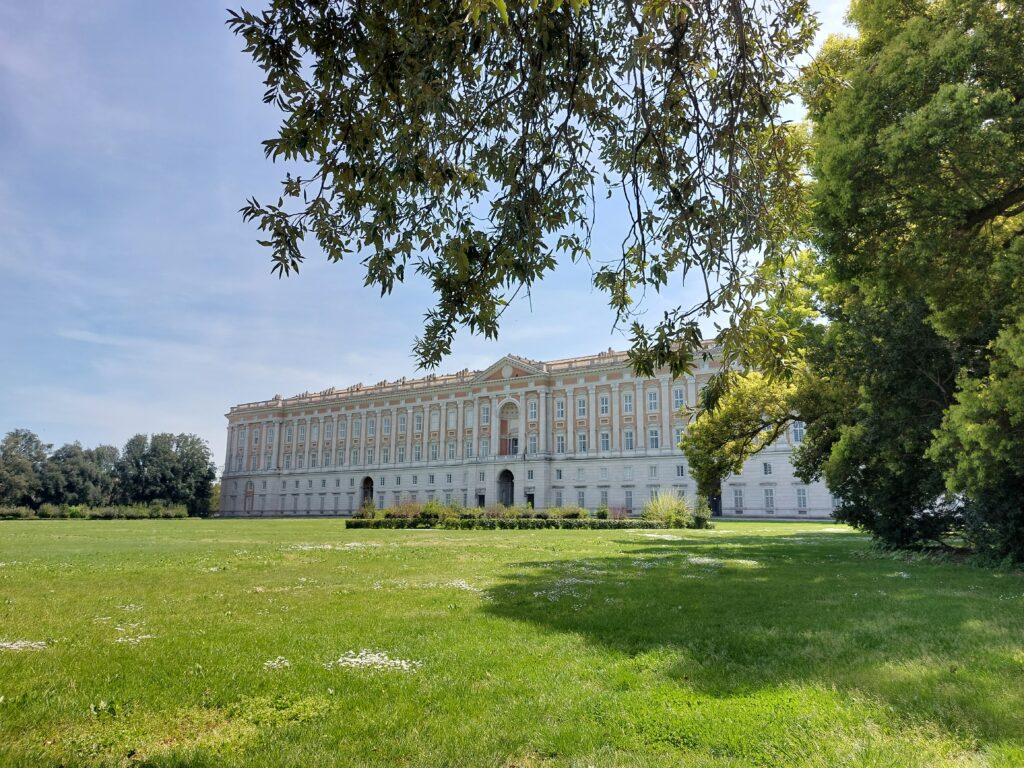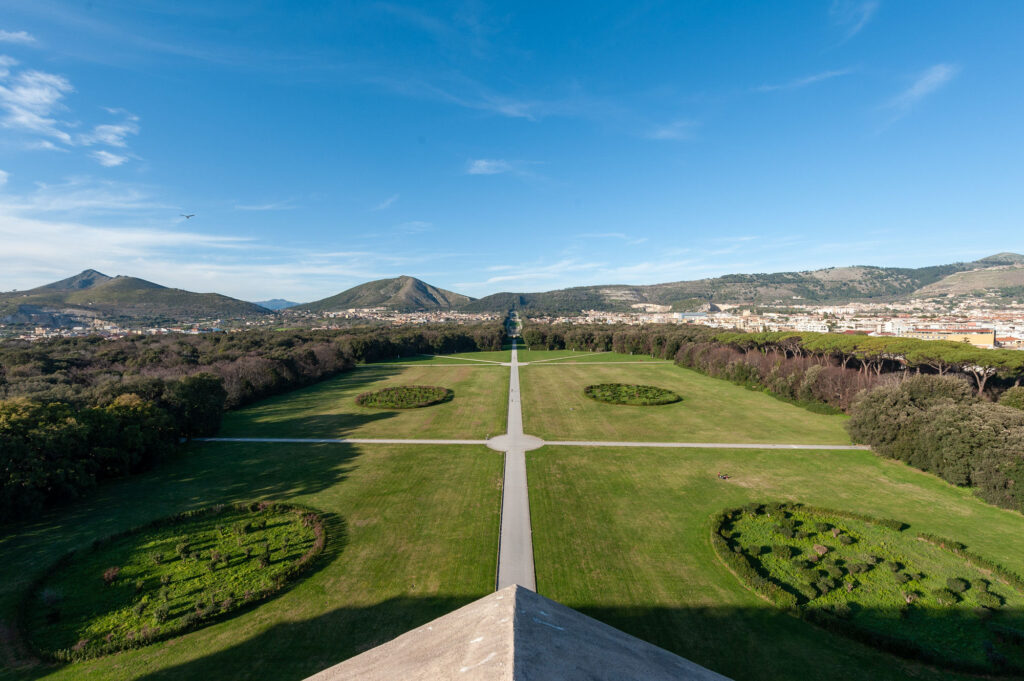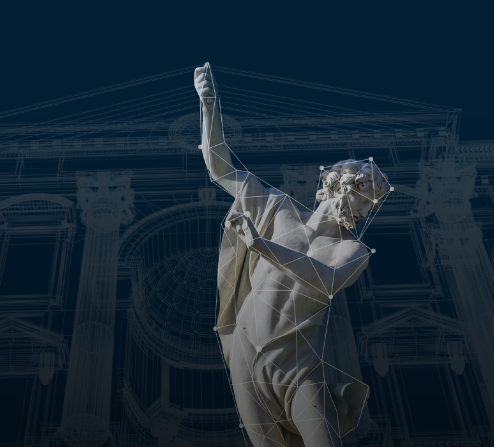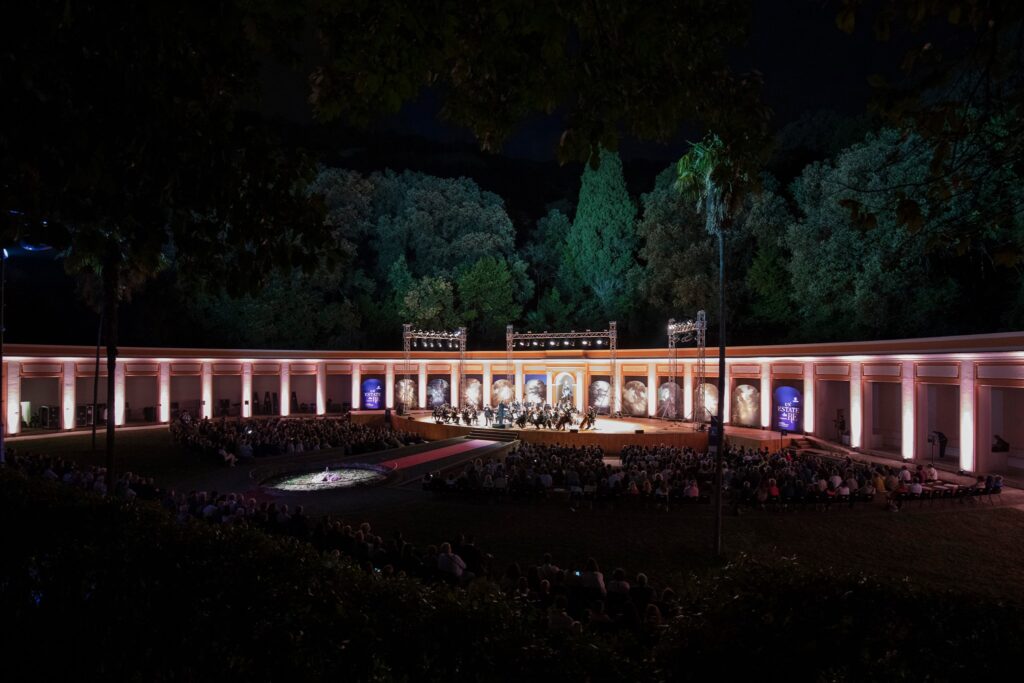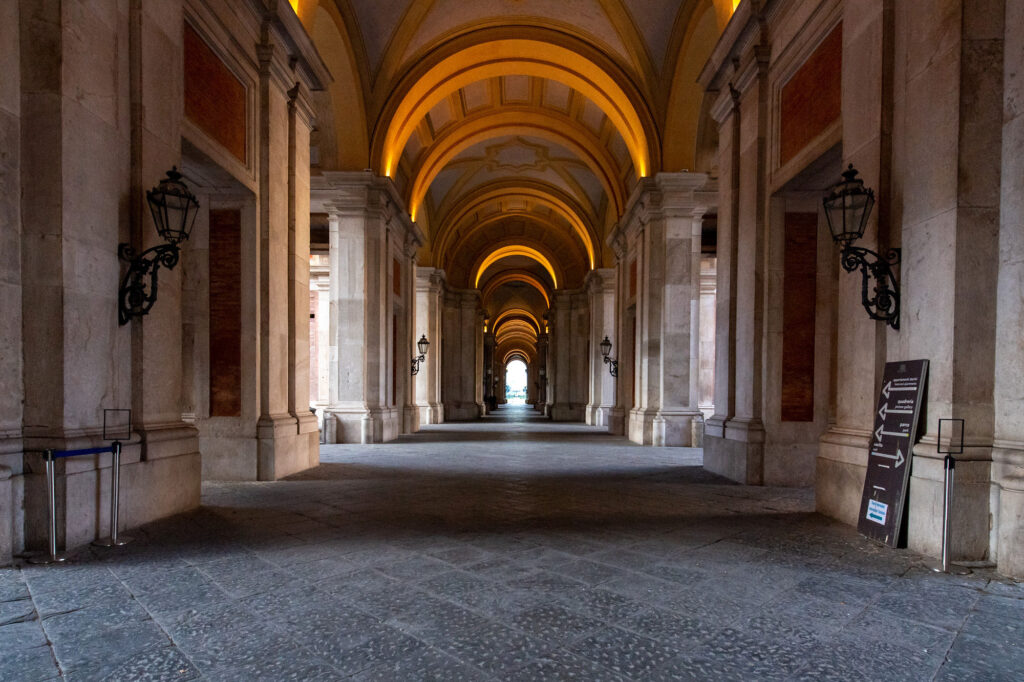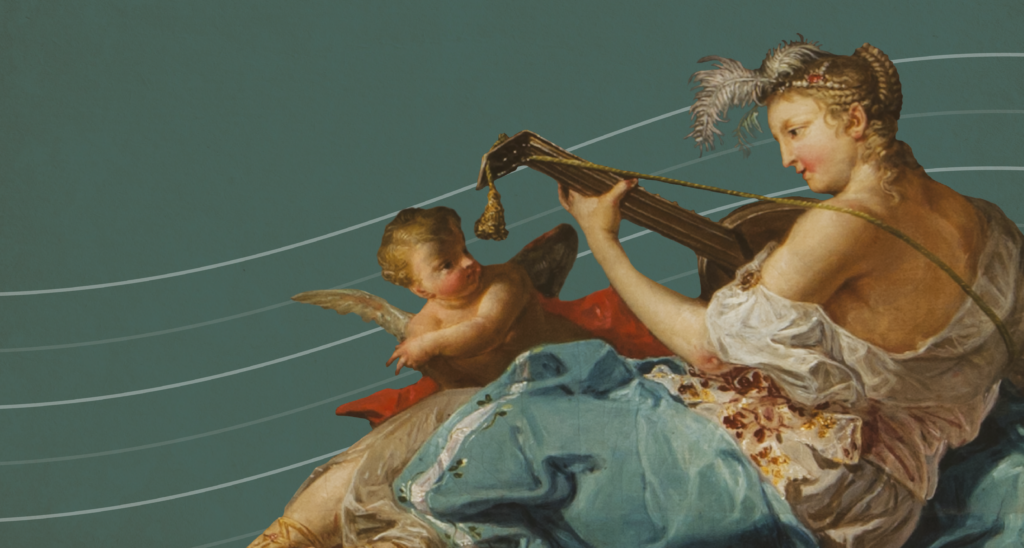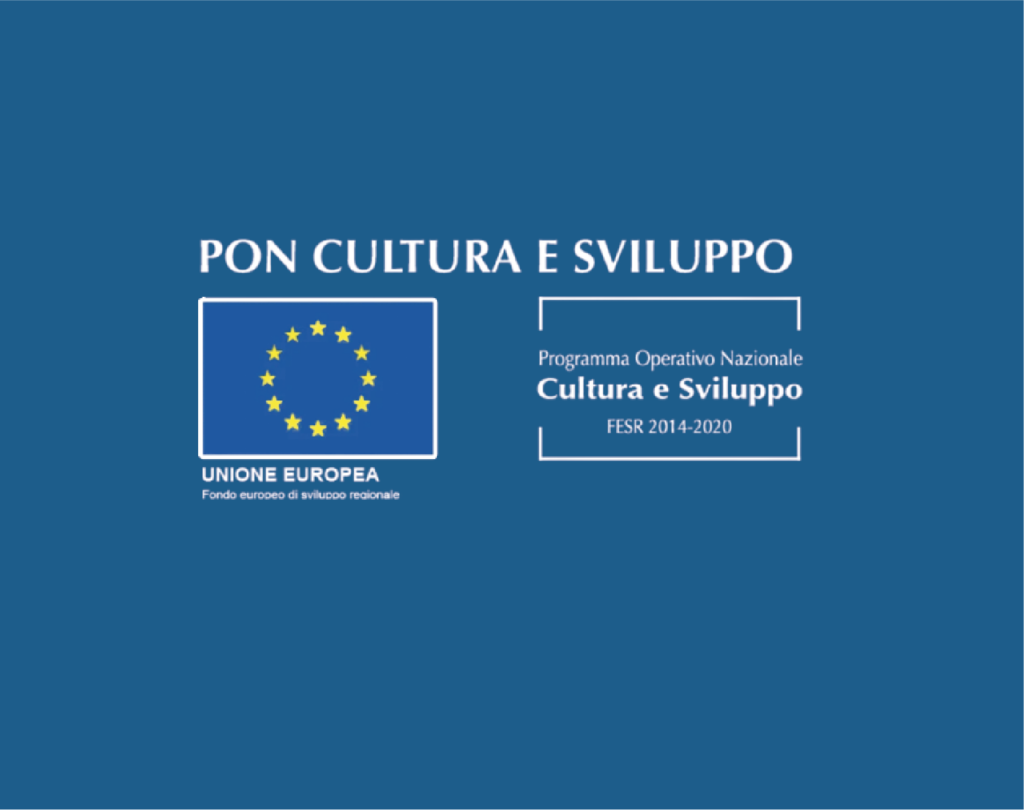Saligia: l’opera di Chisesi donata alla Reggia di Caserta
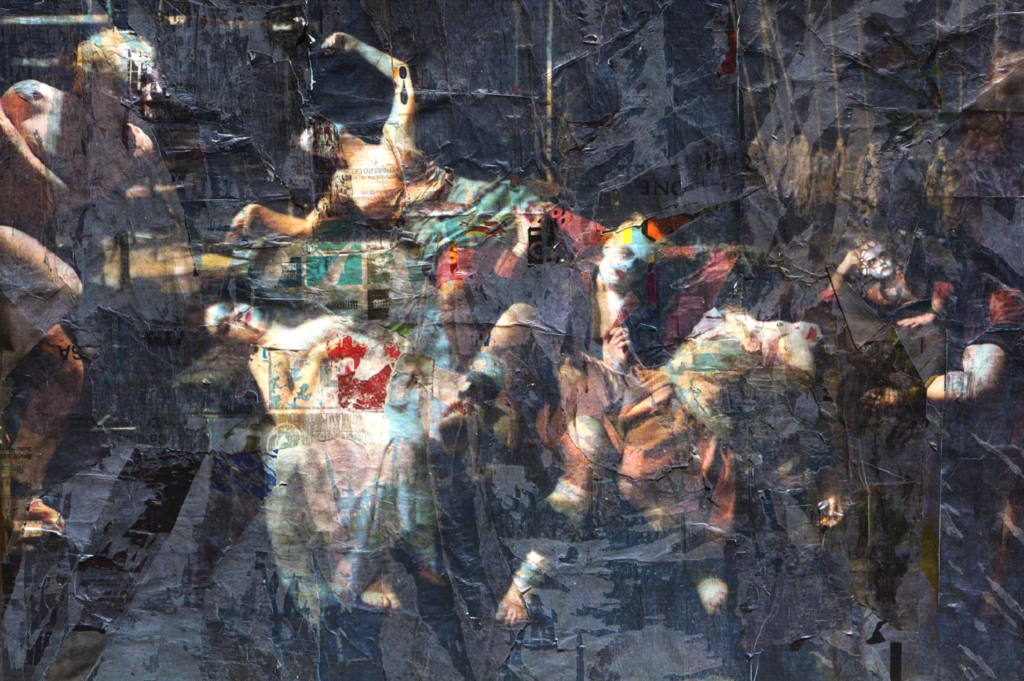
In occasione del finissage della mostra di Andrea Chisesi, durante il quale c’è stato un incontro con la stampa e la visita guidata alla mostra, l’artista ha voluto donare un’opera al Museo della Reggia di Caserta.
Saligia, questo è il titolo del dipinto donato, è realizzato con tela, acrilici e manifesti strappati provenienti dalle città di Milano e Siracusa.
Sono rappresentate sette figure, una per ciascun vizio capitale: l’ira, la superbia, la gola, l’avarizia, la lussuria, l’accidia e l’invidia, che chiude la composizione. La scena teatrale si presenta priva di luce, per alludere al fatto che le anime sono avvolte nel buio delle tentazioni.
L’opera rientra nelle “fusioni”, tecnica sperimentale che consiste nel preparare la tela con strati di pittura e collage, fino a stratificazioni realizzate con materiali di vario genere. Nel caso specifico, l’utilizzo dei manifesti strappati copre quasi completamente la stratificazione pittorica.


